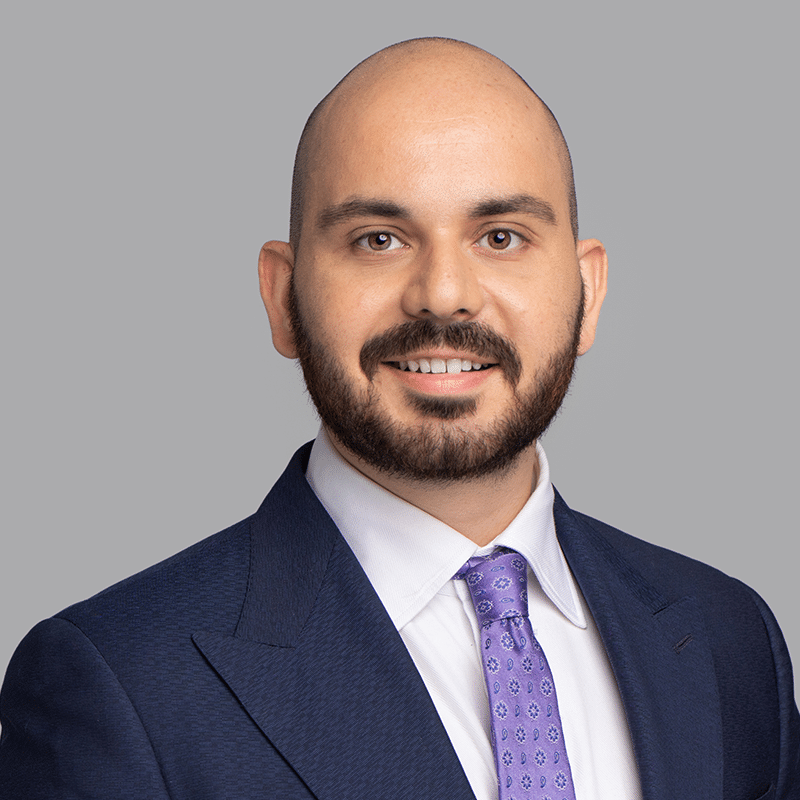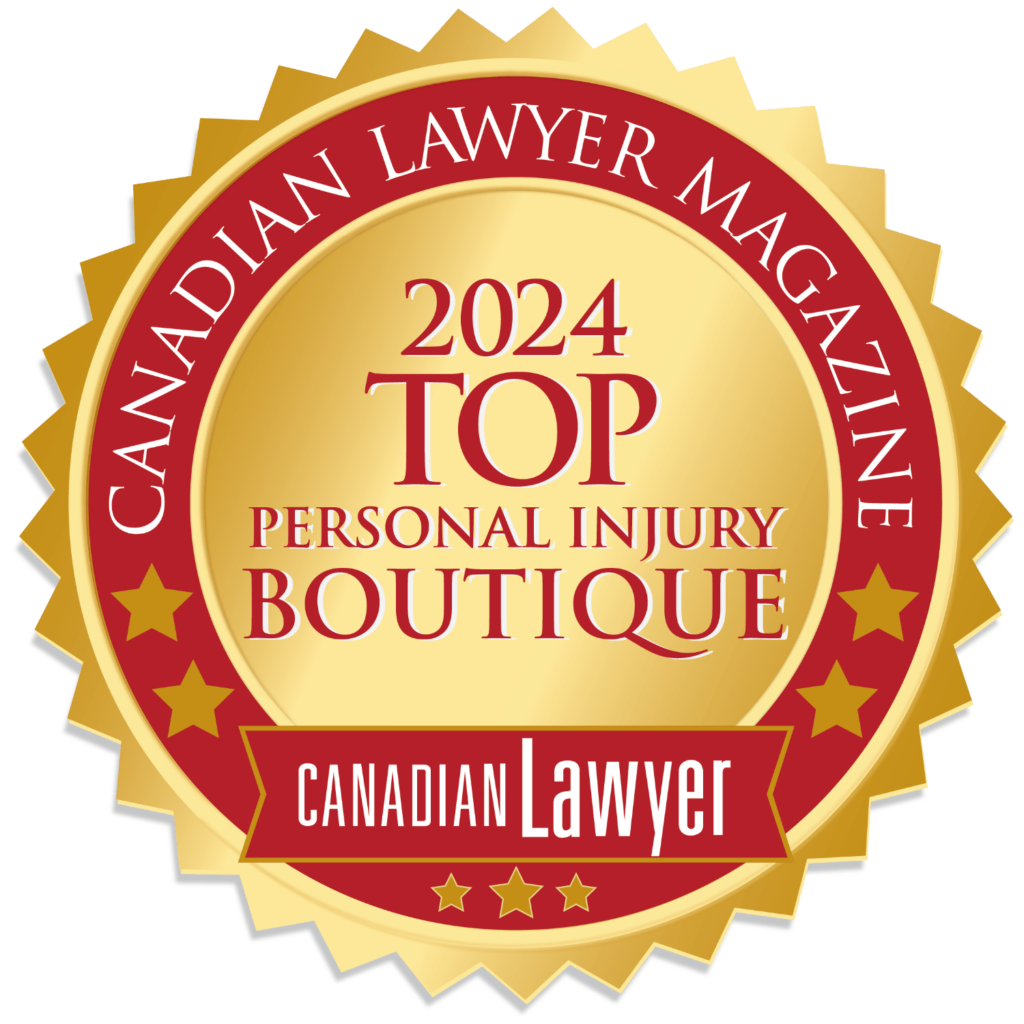
Tort Claims
When someone has wronged you, whether purposefully or unintentionally through negligence, tort claims provide a legal mechanism to remedy the situation and get restitution from civil courts.
Tort law aims to correct a wrong or injustice you have suffered by returning you to the position you were in prior to the wrong or harm caused. Since the damage done, particularly in personal injury cases, can rarely if ever be completely corrected, the courts will use monetary awards as compensation.
Torts are generally decided by statutes, the doctrine of jurisprudence, and common law precedents established in civil courts over many years. While each tort claim is evaluated and judged on its specific facts, evidence, and their own merits, past decisions about similar cases will likely guide or influence the trier of fact as they consider which factors should be used to decide the case.
Building a strong case for a tort claim can be time-consuming, challenging, and require a thorough understanding of complex aspects of the law. Having a knowledgeable, experienced and skilled personal injury lawyer on your side can make a significant difference for the outcome of your claim.
At Howie, Sacks and Henry LLP, our renowned team of tort lawyers can help you understand your rights and options when you’ve been seriously hurt. If we believe we can secure you a court award or fair settlement for the harm done to you, we will gladly offer to become your trusted advocate and legal representative.
A successful tort claim can give you a sense of financial security for the future. Let HSH LLP show you why Hope Starts Here.
What Are Torts And What Is The Purpose Of Tort Law?
In personal injury law, torts refer to a wrong, damage, or harm committed against a person.
There are three main purposes of tort law:
- first, it aims to provide remedies to the injured person that are equivalent to the harm done. Since a person cannot be uninjured, monetary compensation from persons and/or entities found to be liable for the damage is the main tool at the disposal of civil courts.
- second, by setting out penalties for wrongful conduct, tort law discourages people from willfully or negligently causing harm or damage to others.
- third, tort law establishes the general guidelines for the duty of care one person owes to another in private, public, and professional settings.
What Are The Major Types Of Torts In Personal Injury Cases?
In personal injury law, a tort action may be initiated by the injured person, their designated decision-maker (if they are incapable of acting alone), and/or certain family members under Ontario’s Family Law Act. While tort law is litigated in civil proceedings, certain torts may also result in criminal charges.
In cases where a defendant faces both criminal and civil proceedings, the result in one court may not be indicative of a result in the other. While criminal guilt must be proven beyond reasonable doubt, civil claims need only to be found more likely based on the balance of probabilities. Therefore, someone who is not found to be criminally responsible for the harm may still be found liable for damages in a civil lawsuit.
The torts applied in civil personal injury cases are unintentional torts, intentional torts, and strict liability torts.
Unintentional torts are very common in personal injury cases. These claims are based on the idea that a person was harmed by the negligent actions or inaction of another person and/or entity. Cases involving unintentional tort claims may include motor vehicle accidents, medical malpractice, and slip and falls.
Intentional torts occur when a defendant is alleged to have purposefully acted in a way that caused harm to another person. Even if a defendant did not intend to cause specific harm to a plaintiff, an intentional tort claim can be successful if the plaintiff demonstrates the defendant committed an unwanted act that they should have reasonably known could cause harm. Some intentional tort claims may include cases involving sexual abuse/assault, physical assault and battery, and libel/slander.
Strict liability torts often occur when an activity is considered inherently risky to the extent that a defendant need not prove negligence on the part of the defendant to receive compensation for damages. For example, airline passengers who sustain injuries during international travel through countries that have signed the Montreal Convention can bring strict liability claims against the airline. Other examples include: dog bites, product liability, abnormally dangerous activities that carry a high risk of physical harm (such as storing toxic chemicals), and vicarious liability (for example, an employer’s liability for the actions of employees while at work).
Class Actions And Mass Torts
If many people have suffered the same or similar harm, tort claims may be organized into a class action lawsuit or a mass tort. These types of actions are common in product liability cases, some institutional abuse cases, or mass casualty accidents.
Class Action
In a class action, a person who has or could have a tort claim against a defendant is invited to participate in a single collective action. The injured person becomes a member of the class (or a class if the scale of damage/injuries differs significantly among members) and one class member becomes the named plaintiff, whose case is used to test the group’s claim. If successful, class members will equally share a court award or settlement (or share it proportionately according to their class level). Class actions are frequently used in cases where individual damages would be too small to be viable as single actions and/or where many people have virtually identical claims.
Mass Torts
Mass torts have gained popularity as a method to maintain individual plaintiff claims while using one or more plaintiff cases to assess a defendant’s liability and damages. In a mass tort, the court award or settlement one or more plaintiffs receive is used as a guide for what other plaintiffs could or should expect based on their individual circumstances. Mass torts are common in personal injury cases where plaintiffs either wish to retain the right to make their own decisions about potential settlements or when plaintiffs’ vastly different experiences or injuries make it difficult to create appropriately uniform classes.
The Elements Of A Tort Claim
Generally, a tort action must prove four things to be viable in court:
- First, the plaintiff must demonstrate they were owed a duty of care by the defendant. The plaintiff must show that the defendant was responsible to a certain degree for taking care to prevent the plaintiff from being exposed to an unreasonable risk of harm.
- Second, the plaintiff must prove the defendant’s wrongful or negligent actions or inaction breached their duty of care.
- Third, the plaintiff must provide convincing evidence that the defendant’s breach of duty directly caused harm, injury, or loss. Causation is frequently the most challenging element to prove in medical malpractice cases because pre-existing conditions and the wide range of potential outcomes for medical treatment increase the complexity of a person’s prognosis.
- Fourth, the plaintiff must demonstrate they suffered actual harm or loss due to the defendant’s breach of duty. These damages may be pecuniary (quantifiable) or non-pecuniary (real loss that cannot be calculated in monetary terms).
We Are Here To Help
Whether the harm you or your loved one suffered was intentional or not, there is no question that a serious personal injury is life altering. Managing your physical, mental, and emotional rehabilitation and recovery can be very challenging and costly. You should not have to bear these costs when you were not at fault, or only partially at fault for an accident.
As one of Canada’s top ranked personal injury firms, Howie, Sacks & Henry LLP has built a strong reputation for getting results for injured people like you or your loved one. Renowned for our legal acumen, our torts team is capable of handling even the most complex cases.
When you contact us for a free, no obligation initial consultation, we’ll carefully explain your legal rights, offer advice about your options, and answer any questions you may have. But we provide more than knowledgeable, experienced, and skilled legal representation. We take time to get to know our clients, find out what is most important to them, and consider how we can best provide the empathy, attentive care, and understanding they need as they rebuild their lives. HSH lawyers want to help you in any way we can.
A life-altering injury does not have to define your life. Contact the torts team at HSH LLP to learn what we can do for you or your loved one, and start your journey to a brighter future.






